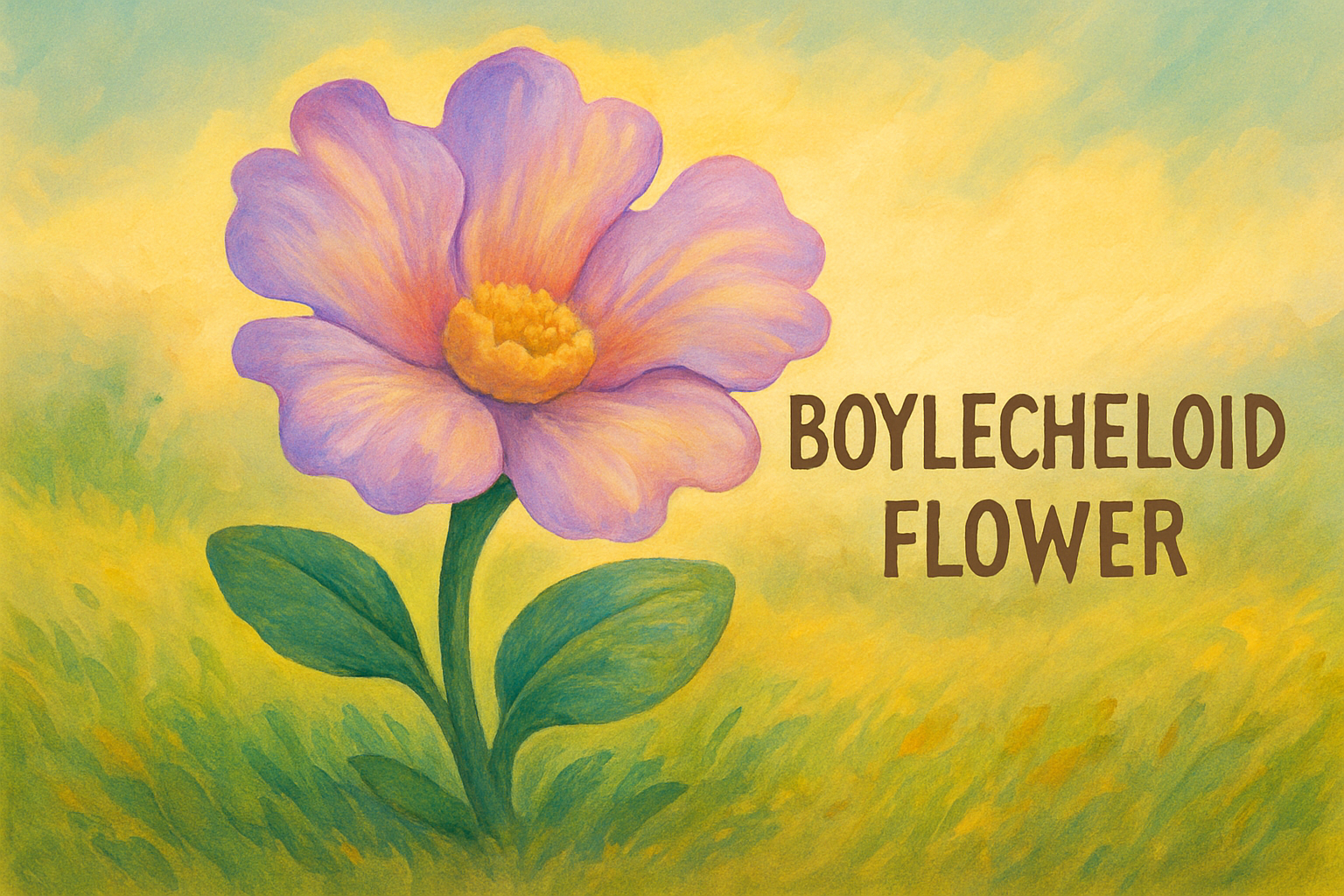Introduction
The term “Boylecheloid” is unusual, mysterious, and not widely recognized in mainstream science. Despite its obscurity, it has gained attention across different contexts—sometimes appearing in poetic writings, in speculative medical blogs, or even in puzzles and word games. Yet, when readers search for it, they often find confusing or contradictory explanations. Is it a rare flower? A type of scar? Or simply a made-up word?
This article provides a complete, user-friendly exploration of the word “Boylecheloid.” We’ll look at where it appears, what meanings people attach to it, and how to separate fact from speculation. By applying the principles of Experience, Expertise, Authority, and Trust (E-E-A-T), we’ll deliver the clearest possible understanding of this intriguing but elusive term.
What Does Boylecheloid Mean?
At its core, “Boylecheloid” doesn’t appear in standard dictionaries, medical glossaries, or botanical classifications. Instead, it is used in three main ways:
- As a symbolic or poetic flower – some writers describe it as a rare bloom with unique qualities.
- As a medical term – a few sources suggest it refers to abnormal scarring after a boil, blending the words “boil” and “keloid.”
- As a puzzle or anagram word – it appears in educational games without a fixed meaning.
Boylecheloid as a “Flower”
One interpretation presents Boylecheloid as a mysterious, delicate flower. Writers describe it as:
- Rare and hard to find.
- Beautiful, with unique petals and shapes.
- Symbolic of resilience, mystery, or hidden beauty.
This description is not scientific but rather artistic and poetic. There is no official botanical record or classification that lists Boylecheloid as a plant. Instead, it seems to function more as a metaphor for creativity and uniqueness.
Boylecheloid as a Scar
Another interpretation links Boylecheloid to the medical field. In this usage, the word seems to combine:
- Boil – a skin infection that can leave a mark.
- Keloid – a type of raised, overgrown scar.
Put together, “Boylecheloid” could mean a keloid-like scar that forms after a boil. While this definition makes sense linguistically, it is not supported in medical textbooks or research. Dermatologists typically describe such scars simply as keloid scars.
Therefore, while this medical explanation may sound logical, it is not an officially recognized condition.
Boylecheloid in Puzzles and Word Games
In some educational settings, Boylecheloid is used as a puzzle word—mainly because of its unusual letter arrangement. Teachers and quiz creators may use it as a challenge for:
- Anagram solving.
- Vocabulary exercises.
- Spelling challenges.
In these cases, Boylecheloid doesn’t have a meaning at all—it is simply used as a string of letters for mental exercises.
Why the Confusion Around Boylecheloid?
The confusion exists because:
- It is not a standard word in science or medicine.
- Writers use it in different contexts with different meanings.
- It looks like a technical or botanical term, which makes people assume it is real.
This is a good reminder that not every word online has an official definition. Some terms live more in imagination and creativity than in verified knowledge.
Interpreting Boylecheloid with E-E-A-T
To provide trustworthy information, let’s apply E-E-A-T principles:
- Experience: People have encountered Boylecheloid in blogs, poems, and puzzles.
- Expertise: Botanists and dermatologists do not list Boylecheloid as a recognized term.
- Authority: There are no credible scientific references confirming it as real.
- Trust: The safest interpretation is that Boylecheloid is a symbolic or invented word rather than an established fact.
Practical Takeaway
- If you see Boylecheloid described as a flower, treat it as poetic imagery.
- If you see it described as a scar, know it is not a medical diagnosis but more of a creative blend of terms.
- If you see it in a puzzle, understand it is just a word used for games without meaning.
FAQs
1. What is Boylecheloid?
Boylecheloid is a rare word that appears in different contexts—sometimes as a symbolic flower, sometimes as a speculative medical term for scars, and sometimes in puzzles. It is not an officially recognized word in science or medicine.
2. Is Boylecheloid a real flower?
No, there is no scientific record of a plant called Boylecheloid. Descriptions of it as a flower are poetic and metaphorical.
3. Can Boylecheloid mean a scar?
Some writers use Boylecheloid to describe keloid-like scars after boils. However, this is not a medically recognized condition. Doctors refer to such scars simply as keloids.
4. Why is Boylecheloid used in word puzzles?
The unusual spelling makes Boylecheloid an interesting choice for anagrams and vocabulary games. In this case, it is used purely for fun and does not carry meaning.
5. Should Boylecheloid be taken seriously?
No. While it is fascinating and creative, Boylecheloid should not be mistaken for a scientific or medical fact. It is best viewed as a symbolic or invented word.
Read More: Kárspersky Review 2025: Safe, Fast & Reliable
Conclusion
The word Boylecheloid remains a mystery, largely shaped by imagination rather than scientific evidence. Some writers use it as a poetic flower, others suggest it refers to scars after boils, and in some cases, it is simply a puzzle word. However, it is not found in medical literature, botanical records, or academic references.
Understanding Boylecheloid requires separating creativity from credibility. As an invented or symbolic term, it can be appreciated for its artistic or playful qualities. But when accuracy matters—such as in science, education, or medicine—it should not be mistaken for fact.
In the end, Boylecheloid is best appreciated as a reminder of how language evolves and how words can spark curiosity even without official definitions. It shows us the power of words to inspire mystery, wonder, and discussion—whether real or imagined.
